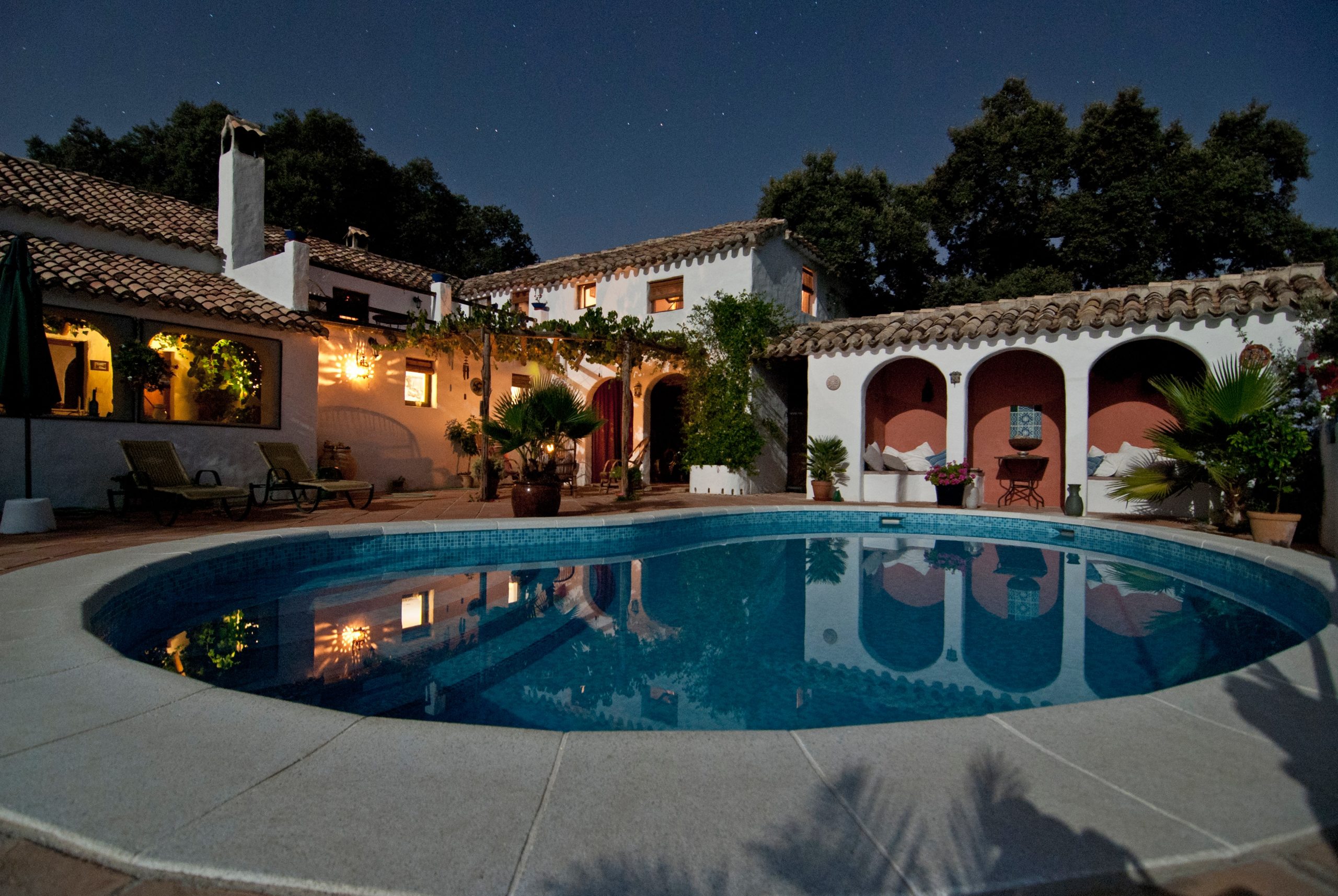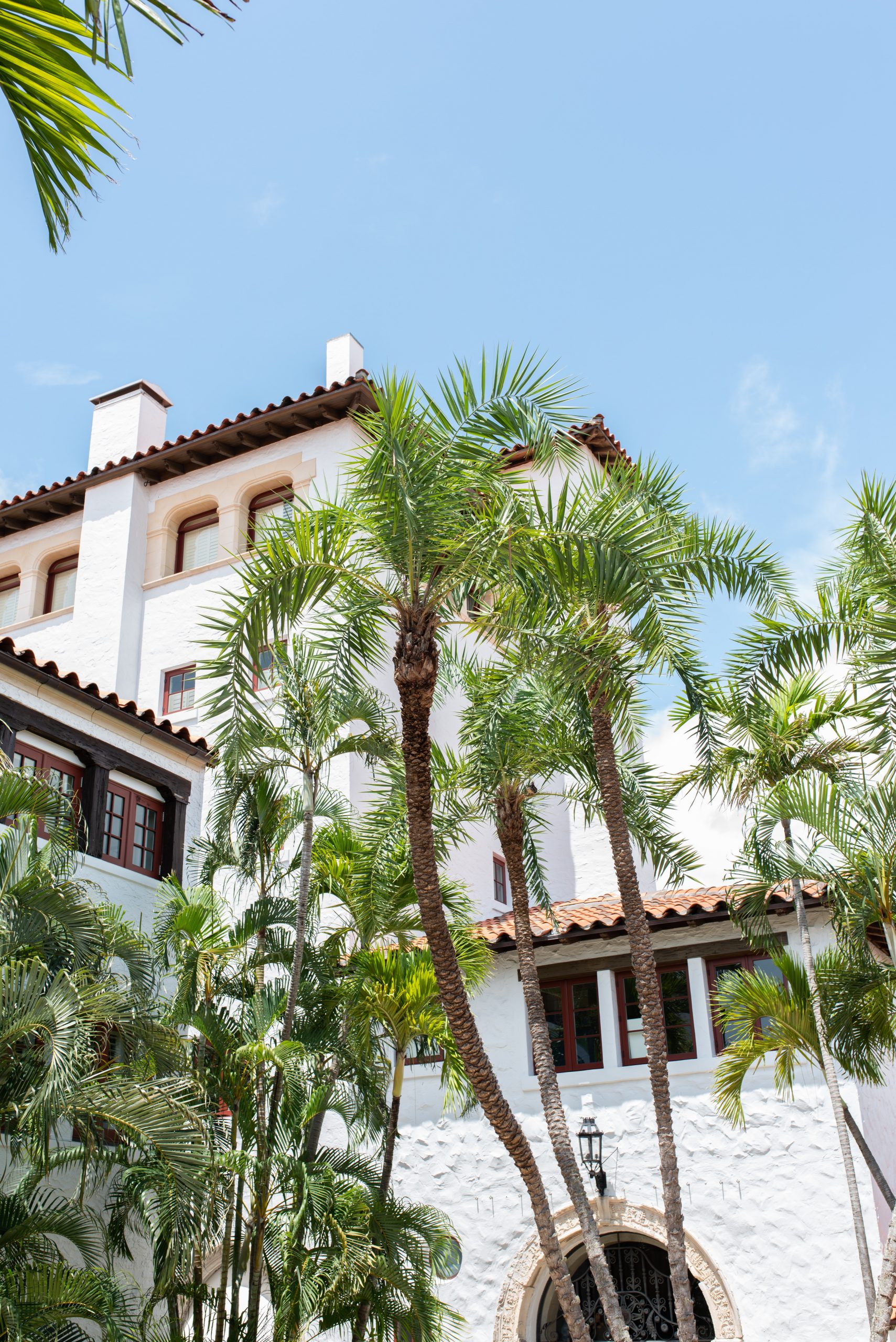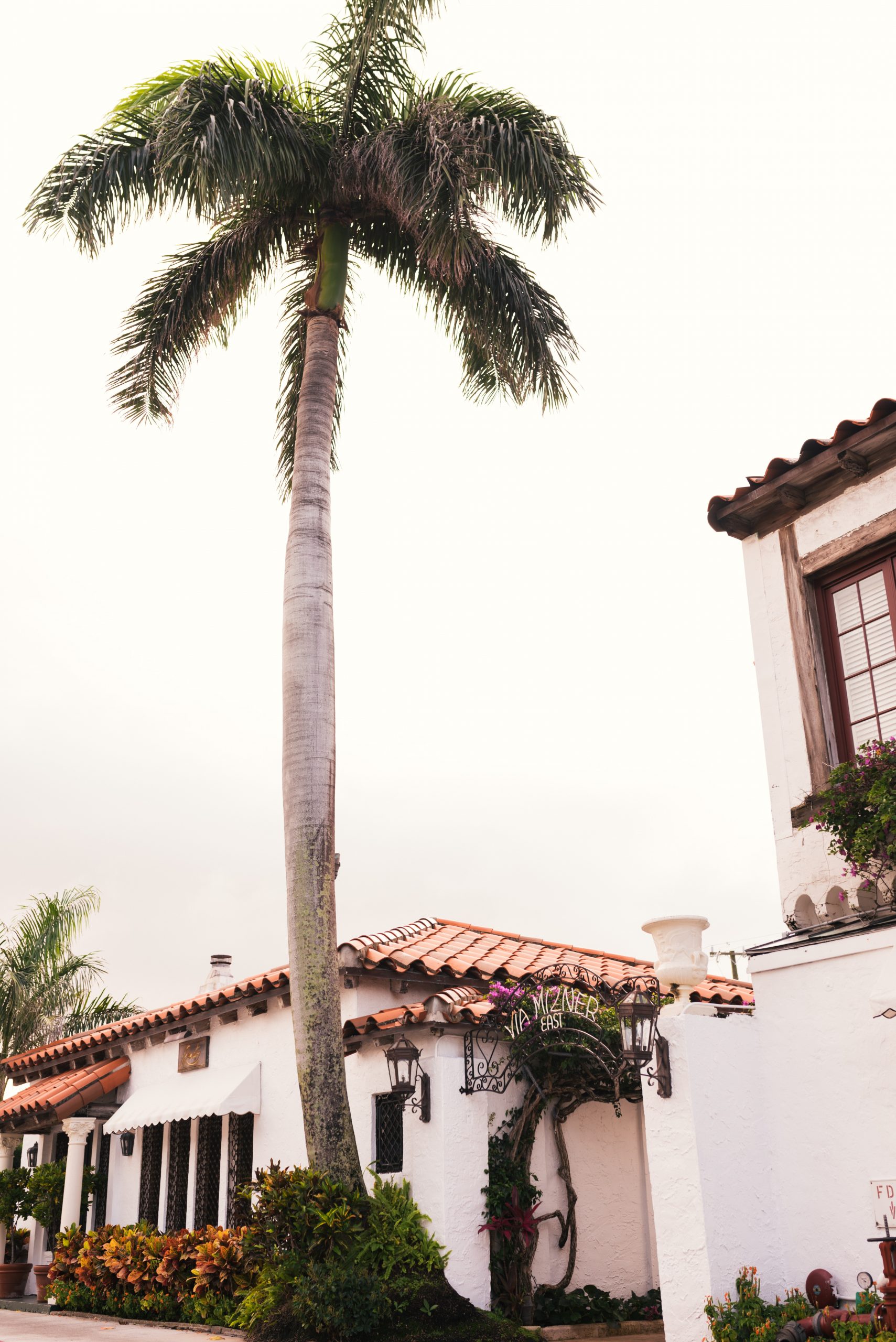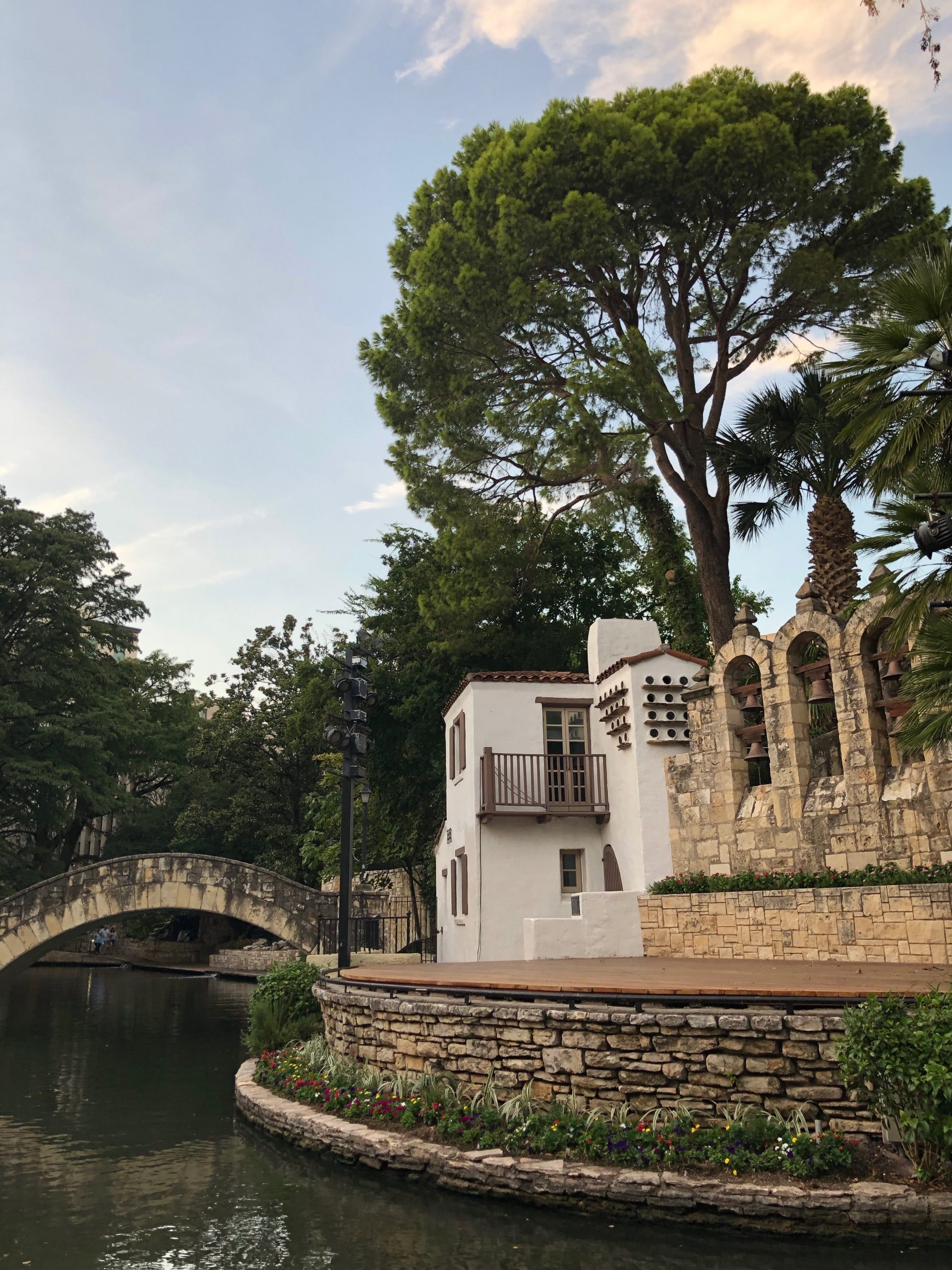Spanish Styles
Date: February 25, 2021 Spanish Style Design
Spanish Style Design
Inspired by a recent trip to Arizona and viewing the beautiful houses we passed by. I wanted to take a closer look into the Spanish style architecture that I noticed throughout the area.
With plenty of houses demonstrating a variety of architectural styles in the areas we went through, I found that this style appealed the most to me. It exudes the feeling of home and relaxation to me. It’s a style that encourages navigating it with bare feet and feeling the cool and textured tiles on your feet as you meander through the house under all of its arches and stop to bask in the partially enclosed outdoor patio spaces with friends and family. I picture days filled with cooking and sharing time with family as we share our time in our own courtyard area as if we are in our own small Spanish town. It gives me a tremendous feeling of warmth and comfort that truly makes home, HOME.
Some Key Features to Spanish Style Architecture:
- Clay tile roofs.
Meant to emulate the missions, roofs are low pitched with broad projecting eaves extending outward over the walls to create protection from the elements. Clay, a Mediterranean building element, came from Spain through Mexico to California. - Arcaded porches and corridors with arches.
These elements mimic the cloisters, with stucco walls of broad flat surfaces that emulate the quality of adobe construction. - Large square pillars and bell towers.
Houses often have asymmetrical massing with a prominent corner tower, like the California missions. - Quatrefoil windows.
Round windows composed of four equal lobes that resemble a four-petaled flower, or windows with a curved top, are common in these homes. Windows in elaborate homes are often surrounded by a geometric ornament that is echoed in the roof parapets. - Built from Indigenous Components
Spanish Colonial homes might be made of adobe in the Southwest and coquina rock in Florida. - Thick, Stucco-Clad Walls
These types of walls are situated for a hot environment. So, thick walls absorb the day’s heat and gently radiate it back into the building during the cool evenings. - Small, Open Windows
Smaller windows, originally sealed by wrought iron grates rather than glass panes, are sited on the building to best capture breezes while avoiding the direct rays of the sun. Wooden shutters, when present, are traditionally mounted on the inside of the home. - One Story
The Spanish Colonial is the ancestor of our ranch-style house. - Limited Ornamentation
Ornamentation on these informal homes was often limited to arches on entryway’s, principal windows and interior passageways. But, more elaborate homes might feature intricate stone or tile work, detailed chimney tops and square towers. - Wooden Support Beams
Wooden roof supports project out over the exterior walls in classic Spanish Colonials. - Inner Courtyard
Historically, the courtyard let families move the cooking to accompany heat and steam outside. Today, these patios, porches and courtyards act as informal gathering spots for family, extended family and friends.
Using features like these give a home of this style a classical feel that seems to mold right into its surroundings. The asymmetrical layouts provide a uniqueness that inspires you to move through the house to uncover all of its colorful additions and decor. It is surprising to me how impactful this style of home is and how big of an effect it has when entering homes like this.
If you are considering a new build or remodel, I think it is worth adding this style idea to your list regardless of where you are located.
More to See!
Learn more about Spanish style architecture and take a look at some more architectural eye candy by visiting these great posts:
Spanish Colonial Architecture
What Is Spanish Colonial Architecture?
Spanish Architecture
9 Architectural Elements of Spanish Revival Style
Spanish Style Homes


